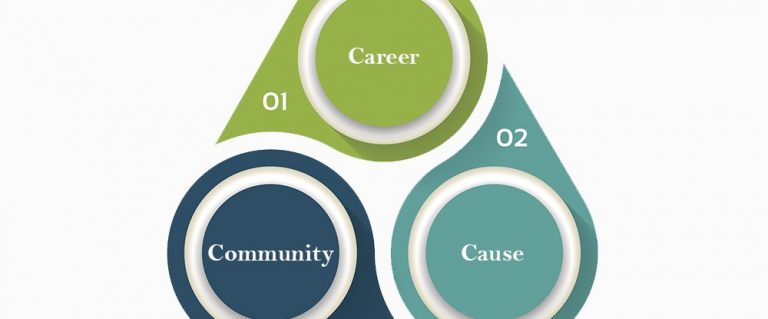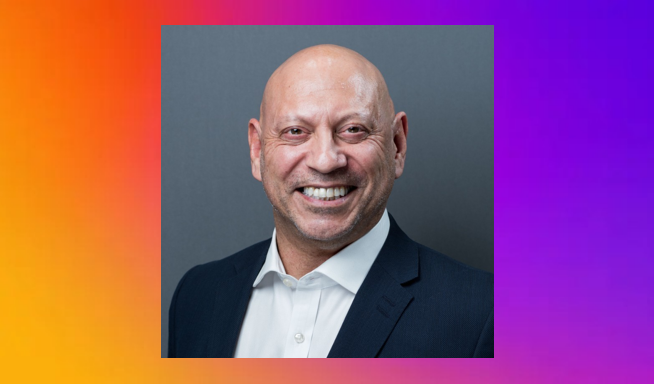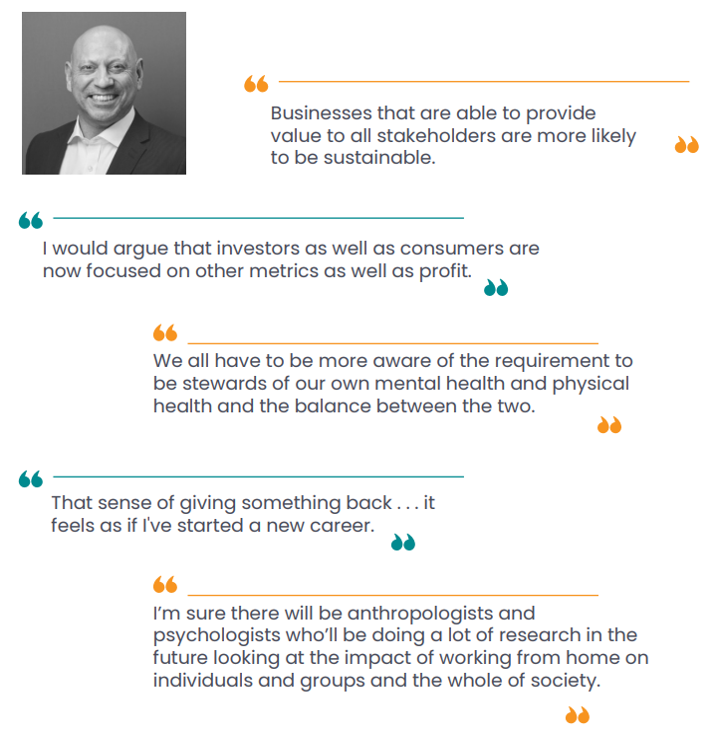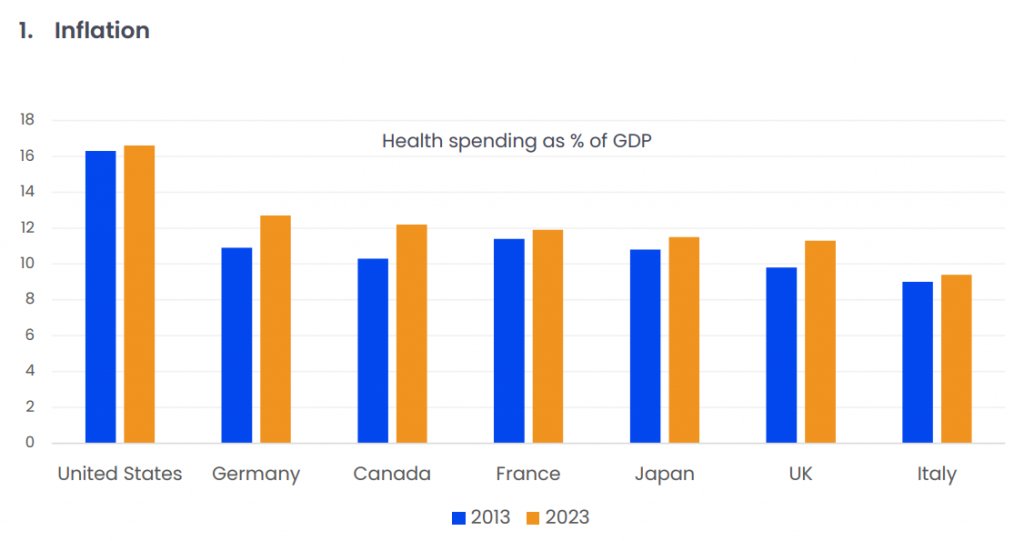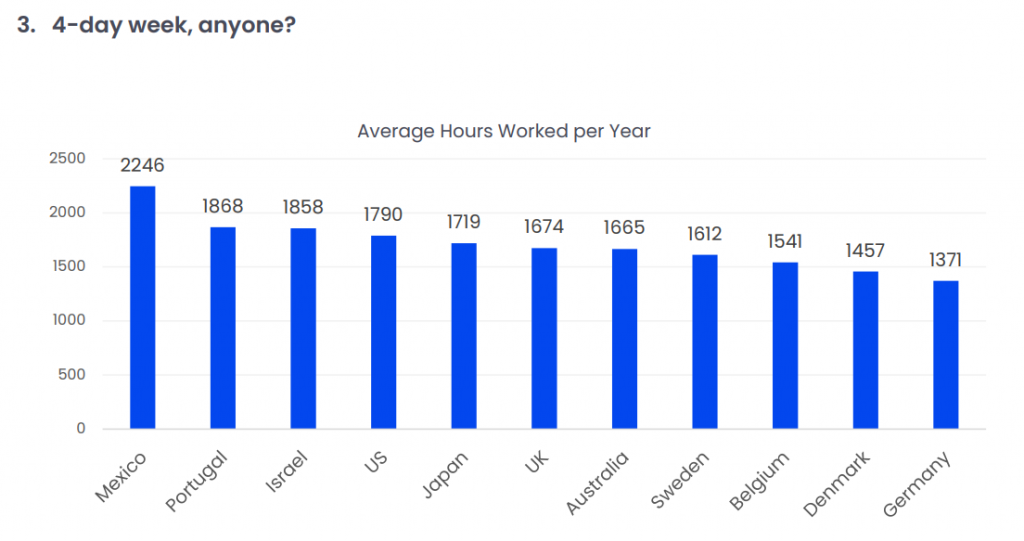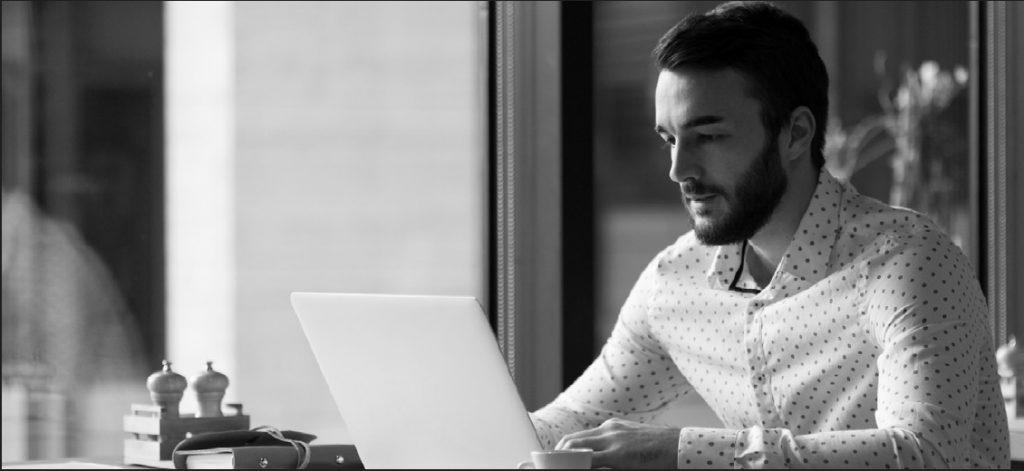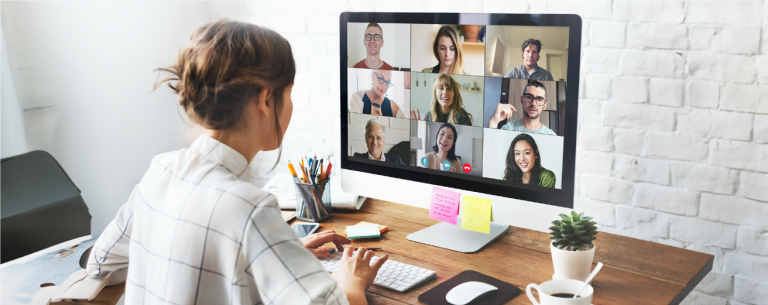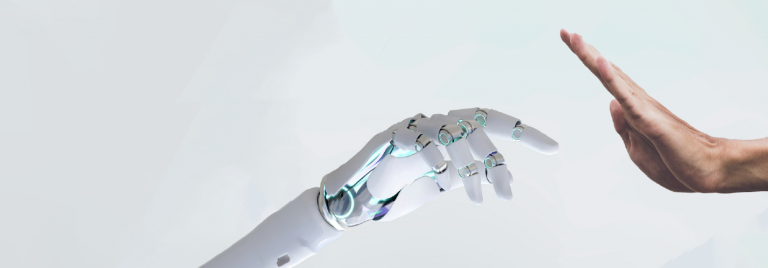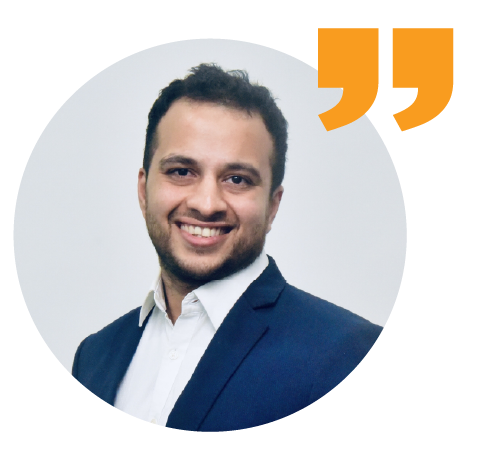Introduction
In today’s ever-evolving professional landscape, where the success of an organization is intrinsically linked to the performance of its employees, addressing the issue of an employee who isn’t meeting their goals is of paramount importance. This article is your comprehensive guide to navigate this challenging scenario thoughtfully and effectively. We will delve into the nuances of this delicate conversation, providing you with a treasure trove of insights and actionable strategies to not only enhance an employee’s performance but also foster a positive, growth-oriented workplace environment.
Understanding the Situation
Effective communication begins with a deep understanding of the employee’s situation. To embark on this journey of understanding, you must delve into the employee’s performance history. Scrutinize their past achievements, responsibilities, and areas where they might be falling short. Dive into the performance data, including Key Performance Indicators (KPIs), and compare their current performance against historical benchmarks. This meticulous analysis equips you with invaluable insights, enabling you to provide specific, data-driven feedback during the upcoming conversation.
Consider factors such as workload, role clarity, and external circumstances that may be affecting their performance. Are there any personal or professional challenges they are facing? Understanding these aspects can provide a holistic view of the situation.

Setting the Right Environment
Creating an environment conducive to open and productive dialogue is the foundation of a successful conversation. Choose a private, quiet, and neutral space where the employee can feel at ease discussing their performance. Allocate sufficient time for the conversation to avoid rushing through essential points. Ensure there are no interruptions, allowing both parties to focus entirely on the discussion at hand.
Setting the right environment also involves preparing yourself mentally. Approach the conversation with a calm and empathetic mindset. Your demeanor and attitude will significantly influence the employee’s receptiveness to the discussion.
Ask Before Telling
Before delving into the specifics of performance issues, it’s often helpful to ask the employee about their perspective. Invite them to share their thoughts on their performance and inquire about any challenges or obstacles they may be facing. By giving them the opportunity to express themselves, you can gain valuable insights and ensure the conversation feels collaborative rather than directive.

Empathetic Communication
The heart of this conversation lies in empathetic communication. Initiate the discussion by acknowledging the employee’s contributions and hard work within the organization. Express your confidence in their potential and assure them that the goal is not to point fingers but to collaborate on their development. This empathetic approach sets a positive tone for the discussion and conveys your genuine concern for their well-being and growth.
Empathy is not just about words; it’s also about body language and tone of voice. Maintain eye contact, use a calm and measured tone, and offer reassurance when needed. Show that you are there to support them in overcoming challenges.
Active Listening
Active listening is a skill that can transform the effectiveness of this conversation. Encourage the employee to share their perspective, emotions, and concerns regarding their performance. Avoid interrupting or passing judgment. Instead, empathize with their challenges and obstacles. By doing so, you convey your commitment to their growth and success within the organization.
Ensure that you are fully present during the conversation. Put away distractions, such as phones or laptops, and focus solely on the employee and their words. Reflect on what they say before responding, showing that you value their input.
Specific Feedback
When addressing performance issues, it is essential to provide specific, actionable feedback. Avoid vague statements and instead, focus on concrete examples of areas where improvement is needed. Utilize performance data, metrics, and real-world examples to illustrate the gap between their current performance and the desired goals. This specificity enables the employee to grasp the nuances of their performance and understand where changes are required.
For instance, instead of saying, “Your communication needs improvement,” you can say, “In the last three client meetings, there were instances where the clients mentioned they didn’t feel heard. Let’s work together to enhance your communication skills in these situations.”
Clarify Non-Negotiables
While engaging in open dialogue and seeking the employee’s perspective is crucial, it’s equally important to clarify non-negotiable aspects of performance. Clearly communicate the organization’s expectations and standards. Be transparent about the essential elements that must be met to succeed in their role. This ensures that there is no ambiguity about the fundamental requirements of the job.

Goal Setting
Collaboratively establishing attainable and SMART (Specific, Measurable, Achievable, Relevant, Time-bound) goals with the employee is a pivotal step. Ensure that these goals align with the organization’s objectives and the employee’s role. This approach provides clarity regarding expectations and outlines a clear path to improvement, leaving no room for ambiguity.
During goal setting, it’s essential to involve the employee in the process. Ask for their input on what they believe they can achieve and what support they require. This collaborative approach increases their ownership of the goals.
Connect to the Employee’s Goals
In addition to aligning goals with organizational objectives, consider connecting these goals to the employee’s personal aspirations. Discuss how achieving these performance targets can contribute to their professional growth and development. By linking their goals to their own career aspirations, you can boost their motivation and commitment to improvement.
Offer Support
In addition to goal-setting, extend your support and resources to facilitate the employee’s success. Tailor this support to their unique needs, which may include additional training, mentorship, or access to specialized tools that can enhance their performance. Reinforce your commitment to their development within the organization, cultivating a sense of mutual growth.
Consider offering ongoing coaching or mentoring to help them build the skills necessary to meet their goals. Providing access to relevant resources, such as online courses or workshops, can also be beneficial.

Describe Specific Behaviors
When discussing the support and resources available to the employee, be specific about the behaviors or actions they can take to access these resources. Describe in detail what steps they need to follow to access additional training or seek mentorship. Clarity in these instructions ensures that the employee knows how to utilize the support offered effectively.
Constructive Feedback
Throughout the conversation, maintaining a positive and constructive tone is paramount. Avoid blame, criticism, or personal attacks. Instead, focus on solutions and improvement. Offer actionable feedback that guides the employee toward success. Emphasize that the organization values their contributions and is invested in their professional growth.
Constructive feedback is about providing insights that lead to positive change. It should highlight areas for improvement while also recognizing the employee’s strengths and potential. Avoid making the employee feel demotivated or discouraged.
Craft a Plan Together
Once you’ve discussed performance issues and set clear goals, collaborate with the employee to craft a plan for improvement. This plan should outline the steps they will take to achieve their goals, the resources and support available to them, and a timeline for regular check-ins and progress assessments. By involving the employee in crafting this plan, you ensure their commitment to the improvement process.

Consistent Follow-Up
A crucial aspect of addressing performance issues is consistent follow-up. Schedule regular check-ins to monitor progress and provide ongoing feedback. These follow-up sessions allow you to track the employee’s improvement and make any necessary adjustments to their goals or support mechanisms. It also reinforces your commitment to their development and ensures they stay on the path to improvement.
Follow-up meetings serve as opportunities to assess whether the employee is making progress toward their goals. Use these sessions to celebrate achievements, address challenges, and make any necessary modifications to the plan.
Frequently Asked Questions (FAQs)
1. What if the employee becomes defensive during the conversation?
If the employee becomes defensive, it’s crucial to maintain a non-confrontational and empathetic tone. Acknowledge their feelings and emphasize that the conversation is about collaboration and improvement, not blame. Listen actively to their concerns and address them calmly.
2. How do I ensure that the employee feels valued despite addressing their performance issues?
Start the conversation by acknowledging their contributions and expressing your confidence in their potential. Reinforce that the goal is not just to meet targets but to support their growth within the organization. Highlight their importance as a valued team member and emphasize that you believe in their ability to improve.
3. What if the employee’s performance issues persist despite our efforts?
If improvement remains elusive, consider implementing a Performance Improvement Plan (PIP). This formal process outlines specific goals, timelines, and consequences for non-compliance, providing a clear path forward. Involve HR if necessary to ensure compliance with company policies and legal regulations.
4. Is it advisable to involve HR in such discussions?
In some cases, especially when performance issues persist, HR involvement can be beneficial. HR professionals are experienced in handling delicate employee matters and can offer guidance on proper procedures, legal compliance, and documentation. Consult with HR when you believe their expertise is required.
5. How can I ensure that the employee remains motivated to improve?
Maintaining the employee’s motivation is crucial for sustained improvement. Continuously engage with the employee, providing positive reinforcement when they make progress. Celebrate their achievements, no matter how small, to maintain motivation and momentum. Offer opportunities for skill development, and discuss their career aspirations within the organization to keep them motivated.
6. Should I document the performance discussion?
Yes, it’s crucial to document the performance discussion thoroughly. Detailed records should include key discussion points, goals set, agreed-upon action items, and dates for follow-up meetings. This documentation serves as a reference for future discussions and ensures accountability. It also helps in tracking the employee’s progress over time.
Conclusion
In conclusion, addressing an employee who isn’t meeting their goals is a multifaceted process that demands a blend of empathy, effective communication, and goal-oriented strategies. By creating an environment of support, offering specific, data-driven feedback, and setting clear goals, you empower the employee to not only meet their objectives but also flourish within the organization. Remember, it’s not just about achieving targets; it’s about cultivating a culture of continuous improvement and professional development.
This article provides a comprehensive roadmap to tackle this challenge effectively, fostering a workplace culture where growth, development, and success are the norms.








